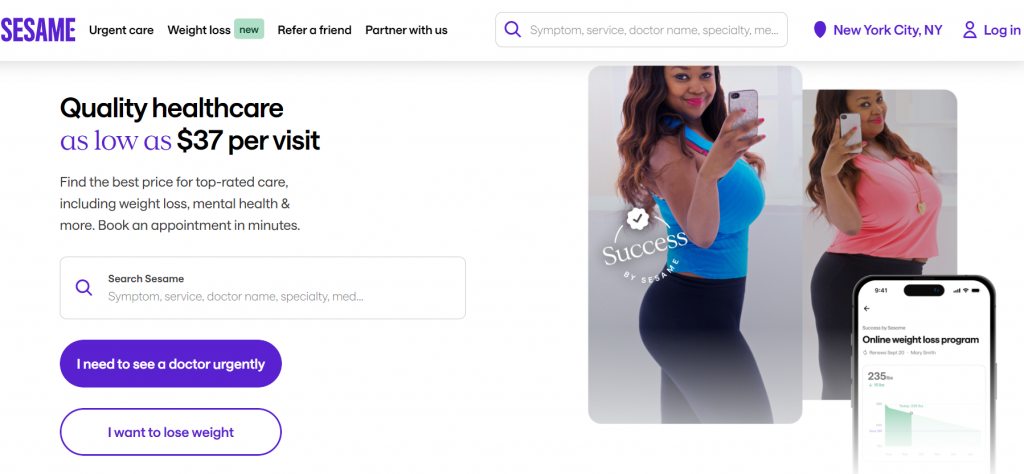
Introduction to the changing landscape of healthcare
The world of healthcare is evolving at a breathtaking pace. Gone are the days when scheduling a routine check-up meant long waits in crowded waiting rooms or juggling your schedule around limited office hours. The digital age has ushered in an era where convenience and accessibility reign supreme, transforming how we approach our health.
More people than ever are turning to online doctor visits for their healthcare needs. This shift not only enhances patient experience but also opens doors to innovative solutions that fit into busy lifestyles. As technology continues to reshape this landscape, it raises intriguing questions about what the future holds for medical care. Are you ready to explore the possibilities? Let’s dive into how online doctor availability is revolutionizing routine check-ups and shaping tomorrow’s healthcare journey.
The rise of telemedicine and online doctor availability
Telemedicine has transformed how we access healthcare. With a few clicks, patients can connect with doctors from the comfort of their homes. This convenience has made routine check-ups more accessible than ever.
The pandemic accelerated this shift, pushing many to try virtual visits for the first time. People quickly realized that they could receive quality care without waiting in long lines or traveling significant distances.
Online doctor availability means you can consult specialists who may not be nearby. Geographic barriers are fading as technology connects us all.
Moreover, telemedicine caters to busy lifestyles, allowing appointments outside regular office hours. It’s a game-changer for those juggling work and family commitments.
As platforms continue to evolve, the possibilities seem endless. Patients now have more control over their health management than before, fostering a proactive approach toward wellness and prevention.
Benefits of online doctor appointments for routine check-ups

Online doctor appointments bring convenience to routine check-ups. You can schedule visits from the comfort of your home, eliminating travel time and waiting rooms. This flexibility is especially valuable for those with busy lives.
Accessing healthcare professionals has never been easier. Patients can choose specialists who may not be available locally. This opens doors to a broader range of expertise tailored to individual needs.
Cost-effectiveness is another advantage. Online consultations often come at a reduced rate compared to in-person visits, making healthcare more affordable for many families.
Privacy plays a crucial role too. Many people feel more comfortable discussing sensitive issues online than face-to-face in an office setting.
Technology enables seamless communication between patients and doctors through secure platforms, ensuring that vital health information flows efficiently without hassle or delays.
The role of technology in shaping the future of healthcare
Technology is revolutionizing healthcare in unprecedented ways. From remote monitoring devices to AI-driven diagnostics, innovation is at the forefront.
Wearable tech has made it easier for patients to track their health in real-time. These gadgets can alert users and doctors about potential problems before they escalate.
Telemedicine platforms are bridging the gap between patients and providers, ensuring care is just a click away. This accessibility means fewer missed appointments and increased patient engagement.
Artificial intelligence plays a crucial role too. Algorithms analyze vast amounts of data, enabling faster diagnoses and personalized treatment plans that were once unimaginable.
Moreover, electronic health records streamline information sharing among practitioners. This leads to better coordination of care, reducing errors and improving outcomes.
As technology evolves, so does our ability to provide timely interventions—reshaping how we think about healthcare delivery altogether.
Our Recommendation: Sesamecare Website

As we navigate the evolving landscape of healthcare, finding reliable and accessible resources is paramount. One platform that stands out in this digital transformation is Sesamecare. With a user-friendly interface, it connects patients to qualified doctors for routine check-ups without the hassle of traditional appointments. Sesamecare offers various services tailored to meet individual health needs. You can schedule visits at your convenience, ensuring you get the care you need when you want it. Their transparent pricing model also helps eliminate any unexpected costs associated with healthcare.
Whether you’re dealing with minor ailments or looking for preventive care, Sesamecare provides an efficient solution in today’s busy world. Embracing telemedicine through platforms like Sesamecare empowers individuals to take charge of their health while enjoying the comfort of home. Exploring options like this could very well be part of the future journey towards more accessible and effective healthcare solutions.
As we navigate the evolving landscape of healthcare, one platform stands out for its commitment to providing accessible and affordable medical care: Sesamecare. This innovative website offers a seamless way to connect with qualified doctors for routine check-ups. Sesamecare allows patients to book appointments online, making it easy to fit healthcare into busy schedules. The user-friendly interface enables individuals to browse through various specialties and choose a doctor that suits their needs. Whether it’s a general health inquiry or specific concerns, you can find expert advice at your fingertips.
One of the standout features is transparency in pricing. Patients can view costs upfront without worrying about surprise bills later on. This level of clarity fosters trust between patients and providers, which is essential in any healthcare relationship. Furthermore, Sesamecare prioritizes patient experience by offering flexible appointment options—whether via video calls or in-person visits—as well as convenient follow-up resources. With such an approach, they are truly paving the way toward a more patient-centered model in healthcare delivery.






